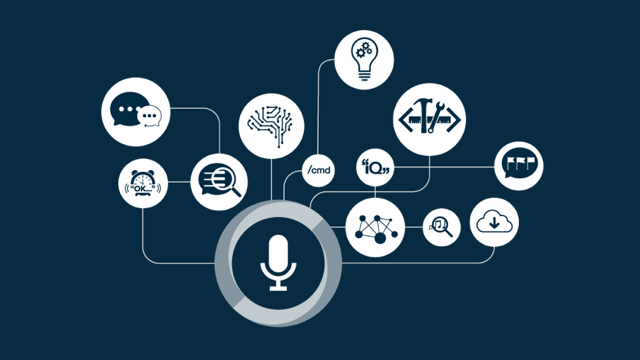
In today's rapidly evolving world, the integration of artificial intelligence (AI) into education is revolutionizing the way we learn.
From adaptive learning platforms to intelligent tutoring systems, AI is enhancing the educational experience by personalizing instruction, predicting student performance, and providing valuable insights through learning analytics.
This article explores ten ways in which AI is transforming education, shedding light on the practical applications and benefits that AI brings to the classroom.
Adaptive Learning
Adaptive learning's effectiveness in tailoring educational content to individual students' needs has made it a valuable tool for educators.
Through the use of artificial intelligence (AI), adaptive assessment techniques are employed to gather data on students' strengths and weaknesses. This data is then used to personalize the learning experience, allowing educators to provide targeted instruction and support.
The adaptive assessment process involves continuously monitoring students' progress, identifying areas where they may be struggling, and offering personalized feedback to help them improve. This personalized feedback not only helps students understand their mistakes but also provides them with guidance on how to correct them.
Intelligent Tutoring
Intelligent tutoring systems have revolutionized education by providing personalized and interactive instruction to students. These systems use artificial intelligence to adapt to the individual needs of learners, offering targeted guidance and support.
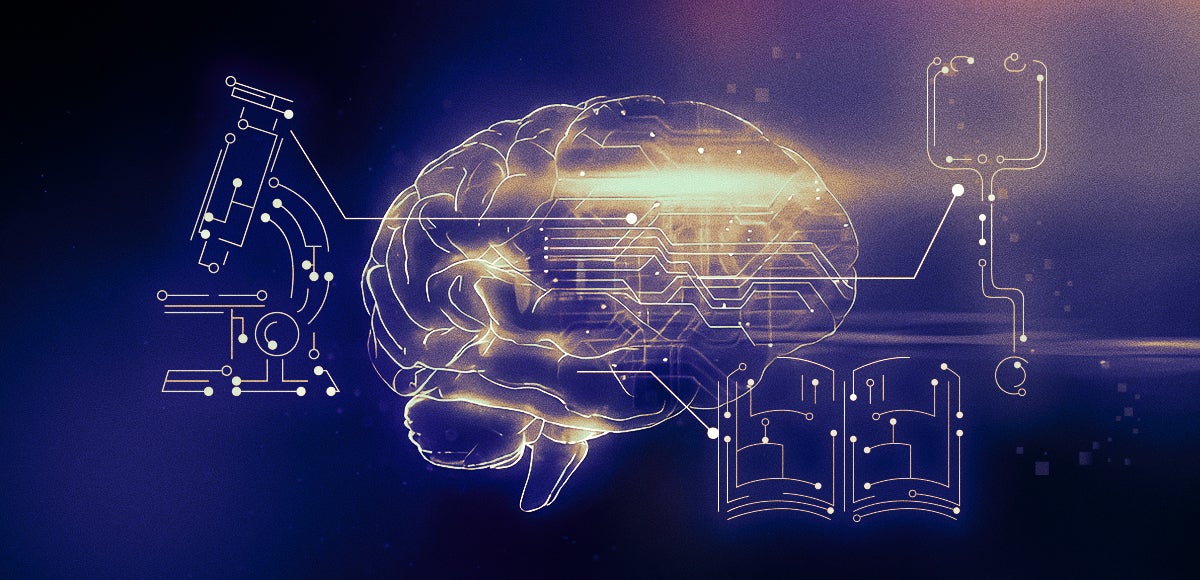
Here are four key benefits of intelligent tutoring:
- Personalization: Intelligent tutoring systems analyze each student's strengths, weaknesses, and learning style to tailor instruction accordingly.
- Smart Feedback: These systems provide immediate and specific feedback to students, helping them identify and correct mistakes in real-time.
- Intelligent Assessment: Through continuous monitoring and data analysis, intelligent tutoring systems can assess student progress accurately and identify areas that need improvement.
- Enhanced Engagement: By incorporating interactive elements, such as simulations and games, intelligent tutoring systems make learning more enjoyable and motivating for students.
With the ability to provide personalized instruction, targeted feedback, and accurate assessment, intelligent tutoring systems have the potential to significantly enhance the learning experience for students.
Learning Analytics
Learning analytics is a powerful tool that leverages artificial intelligence to provide personalized student insights, predict learning outcomes, and drive instructional improvements.
By analyzing large amounts of data, learning analytics can identify individual student needs, allowing educators to tailor their approach and provide targeted support.
Additionally, predictive analytics can help forecast student performance and identify areas where intervention may be necessary, leading to more effective teaching strategies and improved learning outcomes.
Personalized Student Insights
With the integration of artificial intelligence, education has witnessed a significant shift towards personalized student insights through the utilization of learning analytics. This technology allows for personalized assessment and student feedback, providing educators with valuable information to tailor instruction to individual needs.
Here are four key benefits of personalized student insights:
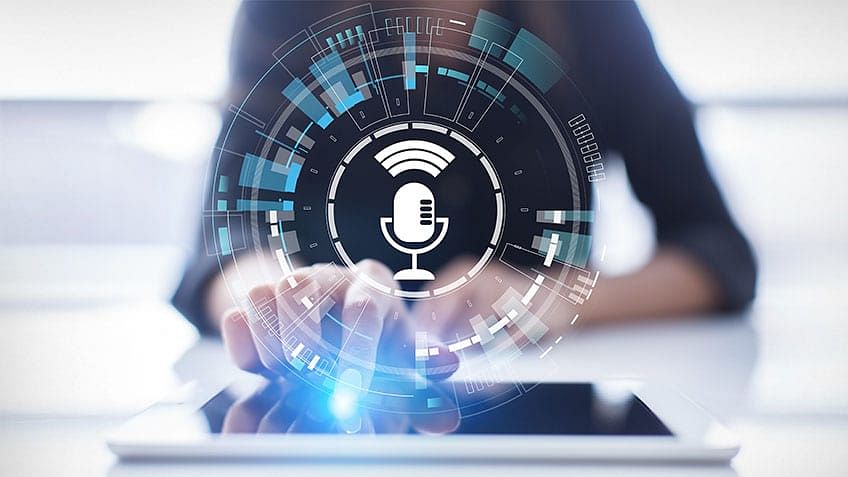
- Improved academic performance: Learning analytics helps identify areas where students may be struggling or excelling, allowing teachers to provide targeted interventions or enrichment activities.
- Enhanced student engagement: By analyzing student behavior and preferences, learning analytics can suggest personalized learning paths that align with students' interests, increasing their engagement and motivation.
- Timely interventions: Learning analytics can alert educators to students who may be at risk of falling behind, enabling early intervention and support.
- Data-driven decision making: By analyzing large amounts of data, learning analytics helps educators make informed decisions about curriculum design, instructional methods, and resource allocation.
Through personalized student insights, learning analytics empowers educators to provide individualized support and improve student outcomes.
Predictive Learning Outcomes
The implementation of learning analytics enables the prediction of learning outcomes in education, revolutionizing the way educators assess and guide student progress. By analyzing vast amounts of data generated by students' online activities, AI algorithms can identify patterns and trends to predict their future performance.
Learning analytics provides educators with valuable insights into students' strengths, weaknesses, and learning styles, allowing for personalized instruction and targeted interventions. This data-driven approach helps optimize the learning experience by identifying areas where students may struggle, enabling educators to intervene early and provide additional support.
Learning analytics also facilitates continuous assessment, allowing educators to track student progress in real-time and make data-informed decisions. By leveraging AI technology for learning assessment and performance tracking, educators can better understand and meet the individual needs of each student, fostering greater academic success and growth.
Data-Driven Instructional Improvements
One of the key ways in which artificial intelligence is transforming education is through data-driven instructional improvements using learning analytics. By leveraging data, educators can gain valuable insights into student performance and make data-driven decisions to enhance instruction and learning outcomes.
Here are four important aspects of data-driven instructional improvements:
- Data-driven assessment strategies: AI-powered tools can analyze student data and provide real-time feedback, allowing teachers to tailor their instruction based on individual needs.
- AI-powered grading systems: With automated grading systems, teachers can save time and provide timely feedback to students, helping them improve their learning and understanding.
- Personalized learning experiences: Learning analytics can identify students' strengths and weaknesses, enabling educators to create personalized learning paths that cater to individual needs.
- Early intervention and support: By identifying struggling students early on, AI-powered systems can provide targeted interventions and support, ensuring that no student is left behind.
These data-driven instructional improvements empower educators to deliver more effective and personalized instruction, ultimately leading to improved student outcomes.

Using predictive analytics, artificial intelligence is revolutionizing the way student performance is assessed and predicted in education. AI algorithms analyze vast amounts of data, including academic records, attendance, and even social media activity, to identify patterns and indicators that can predict future performance.
This allows for early intervention and targeted educational interventions to support struggling students and help them succeed. By identifying students who may be at risk of falling behind, AI-powered systems can provide personalized interventions, such as additional tutoring or tailored learning materials, to address their specific needs.
This proactive approach enables educators to intervene before it's too late, increasing the chances of academic success for students. With AI-driven performance prediction, education becomes more individualized, adaptive, and effective, ultimately empowering students to achieve their full potential.
Personalized Learning
Artificial intelligence continues to transform education by enabling personalized learning experiences for students. Through AI-powered platforms and tools, teachers can gather data on students' strengths, weaknesses, and learning styles, allowing them to tailor instruction accordingly. Here are some ways AI is revolutionizing personalized learning:
- Adaptive Learning: AI algorithms analyze student performance in real-time and provide personalized recommendations for further study, helping students progress at their own pace.
- Intelligent Tutoring Systems: AI-powered tutors can provide immediate feedback, offer additional practice, and adapt instruction based on individual student needs.
- Parental Involvement: AI tools provide parents with insights into their child's progress, allowing them to actively participate in their education and provide support at home.
- Differentiated Instruction: AI enables teachers to create customized learning paths for each student, ensuring that instruction aligns with their specific needs and abilities.
Through personalized learning, AI empowers students to take ownership of their education while fostering a collaborative and supportive learning environment.
Virtual Reality
Virtual reality is revolutionizing education in the ways it enhances learning experiences. Immersive experiences provided by virtual reality technology allow students to explore and interact with virtual environments, bringing abstract or distant concepts to life.
This technology has the potential to transform traditional classrooms into virtual classrooms, where students can engage in hands-on learning experiences without leaving their seats. Virtual reality can simulate historical events, scientific experiments, or even virtual field trips to remote locations, providing a level of engagement and understanding that traditional teaching methods cannot match.
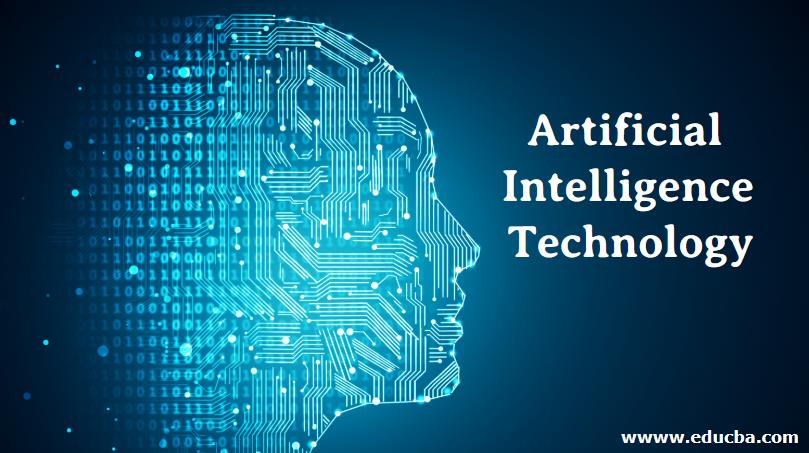
Students can actively participate in their learning, making it more enjoyable and memorable. Virtual reality also offers opportunities for collaboration and communication, allowing students to interact with their peers and teachers in a virtual space.
Gamification
Gamification has become a popular approach in education, transforming the way students engage with learning materials. By incorporating elements of game design, educators are able to create interactive and engaging experiences that motivate students to learn.
Here are four ways gamification is being used in education:
- Game-based learning: Using games as a central component of the learning process, students are able to acquire knowledge and develop skills through interactive gameplay.
- Educational simulations: Simulations provide students with real-world scenarios to explore and problem solve, allowing for a hands-on learning experience.
- Rewards and feedback systems: Gamification often includes reward systems, such as badges or points, to incentivize students and provide immediate feedback on their progress.
- Collaborative learning: Gamification encourages collaboration among students, fostering teamwork and communication skills.
Digital Curriculum
Incorporating technology into the curriculum allows for a more interactive and immersive learning experience for students. The use of digital resources and online learning platforms has revolutionized the way educational content is delivered.
With digital curriculum, students have access to a wide range of resources, such as e-books, interactive videos, and online simulations, that enhance their understanding of complex concepts.
Online learning platforms provide a flexible and self-paced learning environment, allowing students to learn at their own pace and revisit content as needed.
Additionally, digital curriculum enables personalized learning experiences, where students can receive tailored content based on their individual needs and preferences.
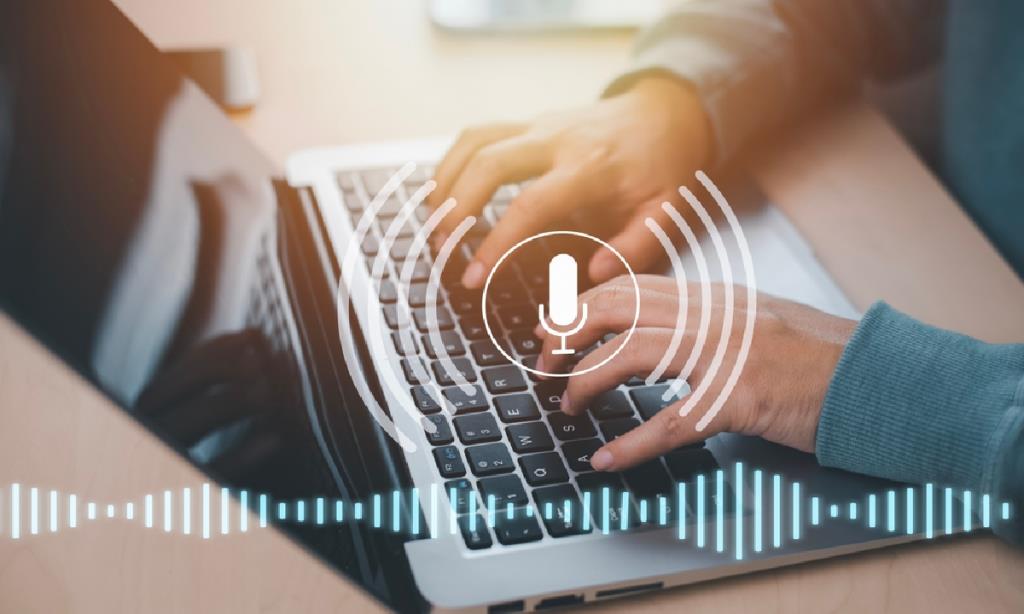
Remote Learning
One significant way AI is transforming education is through the implementation of remote learning. With the advancements in technology, students now have the opportunity to access education from anywhere in the world.
Here are four ways AI is enhancing remote learning:
- Personalized learning: AI algorithms analyze student data to create tailored learning experiences, ensuring that each student receives the support they need.
- Adaptive assessments: AI-powered assessments can identify knowledge gaps and provide targeted feedback to help students improve.
- Student motivation: AI tools can track student progress and provide real-time feedback, increasing student motivation and engagement.
- Social emotional learning: AI chatbots and virtual assistants can offer support and guidance to students, promoting social emotional learning and mental well-being.
Through these AI-powered features, remote learning becomes more effective, engaging, and student-centered, allowing learners to thrive in a flexible and personalized learning environment.
Interactive Learning
Interactive learning is being transformed by the application of artificial intelligence (AI). With AI-enhanced student engagement, educators can create interactive experiences that promote active participation and knowledge retention.
Additionally, personalized adaptive learning powered by AI allows students to receive customized feedback and recommendations, addressing their individual learning needs and maximizing their educational outcomes.
Ai-Enhanced Student Engagement
Artificial intelligence has revolutionized the field of education by introducing a new era of student engagement through interactive learning. With AI-based assessment and automated grading, students now have access to personalized feedback and real-time evaluation, enhancing their learning experience.
Here are four ways AI-enhanced student engagement is transforming education:
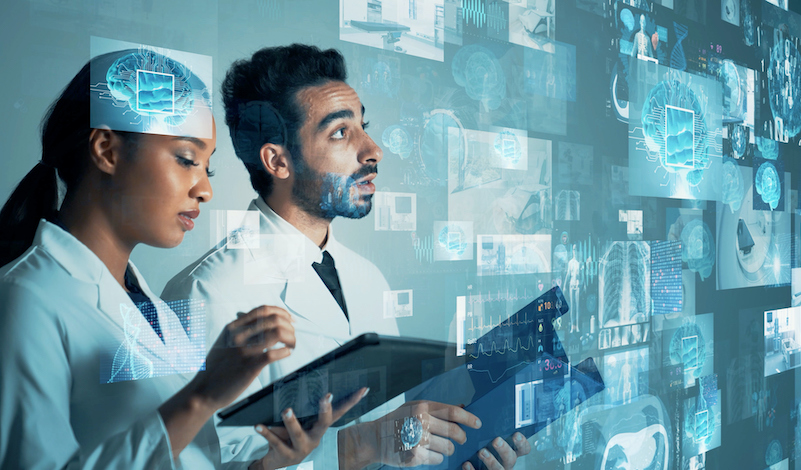
- Intelligent tutoring systems provide customized learning paths and adaptive feedback based on individual student needs.
- Virtual reality and augmented reality technologies create immersive learning environments that bring complex concepts to life.
- Chatbots and virtual assistants offer instant support and guidance, ensuring students have access to resources 24/7.
- Gamification techniques motivate and incentivize students, making learning fun and interactive.
Personalized Adaptive Learning
The implementation of AI in education has led to the emergence of personalized adaptive learning, revolutionizing the way students engage with their educational content.
Personalized assessment allows AI systems to gather and analyze data on individual students, enabling educators to tailor their instruction to meet the specific needs of each learner. By providing real-time feedback and identifying areas of strength and weakness, personalized assessment helps students to progress at their own pace and focus on areas that require improvement.
Adaptive content, on the other hand, refers to educational materials that can dynamically adjust to the learner's level of knowledge and skill. AI algorithms analyze data from various sources, including assessments and student interactions, to deliver personalized content that matches the student's learning style, preferences, and abilities.
Frequently Asked Questions
How Does Adaptive Learning Technology Accommodate Students With Different Learning Styles and Abilities?
Accommodating diverse learners with different learning styles and abilities requires individualized instruction techniques such as adaptive learning technology. This technology utilizes artificial intelligence to tailor educational content and assessments to meet the unique needs of each student.
What Are Some Potential Ethical Concerns or Challenges Associated With the Use of Intelligent Tutoring Systems in Education?
The use of intelligent tutoring systems in education raises potential ethical implications and pedagogical concerns. These systems may raise questions about privacy, bias, and the role of human teachers in the learning process.
Learning analytics tools ensure the privacy and security of student data by implementing robust data protection measures, such as encryption and access controls. These tools prioritize the confidentiality of personal information to maintain student privacy and prevent unauthorized access or misuse of data.
Student performance prediction models can accurately predict long-term academic success by analyzing various factors such as past performance, attendance, and engagement. These models provide valuable insights for educators to support students' academic achievement and inform intervention strategies.

How Does Personalized Learning Incorporate Socio-Emotional Development and Non-Cognitive Skills?
Personalized learning incorporates socio-emotional development and non-cognitive skills by tailoring instruction to individual students' needs, fostering self-awareness, empathy, and resilience. This approach acknowledges the importance of holistic student development and utilizes AI to support personalized growth.
 Business & FinanceHealth & MedicineTechnologyLifestyle & CultureScience & EnvironmentWorld NewsPrivacy PolicyTerms And Conditions
Business & FinanceHealth & MedicineTechnologyLifestyle & CultureScience & EnvironmentWorld NewsPrivacy PolicyTerms And Conditions
